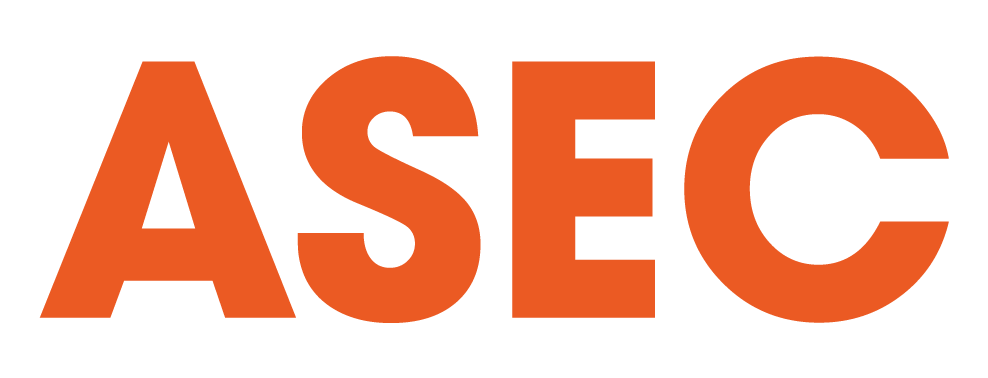First aid is the immediate medical attention provided to individuals who suddenly fall ill or get injured, to preserve their lives before professional help arrives. Even though the focus of first aid training for individuals is on learning basic life support and wound care skills, implementing effective first aid training in the workplace requires more than just getting done with the training modules. Meticulous planning and dedication in execution are required to make sure that the appointed employees can perform their duties well in case of an emergency.
1. Assess the medical emergency risks in your workplace
The types of medical emergencies that can happen in a corporate office and a chemical manufacturing factory have different probabilities. For example, employees working in a chemical manufacturing factory have a higher risk of experiencing chemical burns compared to office workers. Evaluating the potential threats that require first aid in the workplace through following the Guideline of Hazard Identification, Risk Assessment and Risk Control (HIRARC) designed by the Department of Occupational Safety and Health (DOSH) helps to set up clear and achievable goals for the first aid training.
Some criteria to look at when performing the HIRARC assessment are:
- The type of workplace
- Activities carried out
- The number of people
- Past incidents
2. Design the first aid training modules
The first aid training modules in the workplace must meet the minimum requirement as outlined in the Guidelines On First-Aid In Workplace published by DOSH. However, the training modules can still be designed to add or emphasize certain curriculums so that the types of medical emergencies that are prone to happen are covered.
Some optional first aid training modules that should be considered depending on your workplace’s needs are:
- Burn and scald caused by fire, hot water, chemicals, etc.
- Heat-related disorders such as heat stroke, hypothermia, etc.
- Ear, nose, and throat injuries
- Sports injuries such as sprain and strain
- Insect stings and bites that may cause an allergic reaction
- Chemical contact through inhalation, absorption, ingestion, etc.
For workplaces with large numbers of employees or high foot traffic from the public, the training modules should include advanced skills such as health monitoring, mass casualty management, and victim tracking. Discussing your workplace’s medical emergency risks with your first aid training provider is important so that the training modules meet your workplace needs.
3. Deliver engaging and effective training
It takes at least two days to cover all training modules of Basic Occupational First Aid, CPR & AED Training and four days for Advanced Industrial First Aid, CPR & AED Training. As employees have respective job scopes to perform at work, the training sessions should be arranged to minimize disruption to work. Multiple training sessions should be arranged to accommodate all appointed employees without compromising workplace operations.
Besides the timing of the training, interactive training sessions with realistic simulations are keys to making sure that employees absorb the knowledge and skills effectively. Medical emergency drills should be arranged at the end of the training to practice applying the learning hands-on. These boost the confidence of employees to take action when a real emergency occurs.
4. Integrate the first aid training with the workplace emergency response plan
Training is one of the essential elements in setting up an emergency response team (ERT) and carrying out the workplace emergency response plan. First aid training should be integrated into the bigger picture of the workplace emergency response plan because an incident might involve first responders from different divisions such as firefighting and hazmat response. Even though different training can be conducted separately, a combined drill should be conducted so that appointed employees know how to work with other responders when handling an incident.
They need to know from whom they should receive instructions, whether it is the first aid team leader or the on scene commander, depending on the workplace emergency response team structure.
5. Measure success and conduct continuous refresher training
Apart from keeping a record of employee participation in first aid training, the impact of the training should be measured. Besides obtaining the certificate of proficiency, several metrics can be taken into consideration as well to evaluate the success of the training for future improvement, such as:
- Incident response time during drills
- Confidence level of employees in performing first aid
- Other feedback provided by employees
Before the renewal date is up, regular refresher training should be scheduled to provide employees with opportunities to practice their first aid skills and stay familiar with the knowledge learned.
——
An effective first aid training program in the workplace is not a one-off event for compliance purposes only. It is a crucial step in ensuring the organization has a functional first aid team that can respond confidently during unexpected situations involving medical emergencies.
